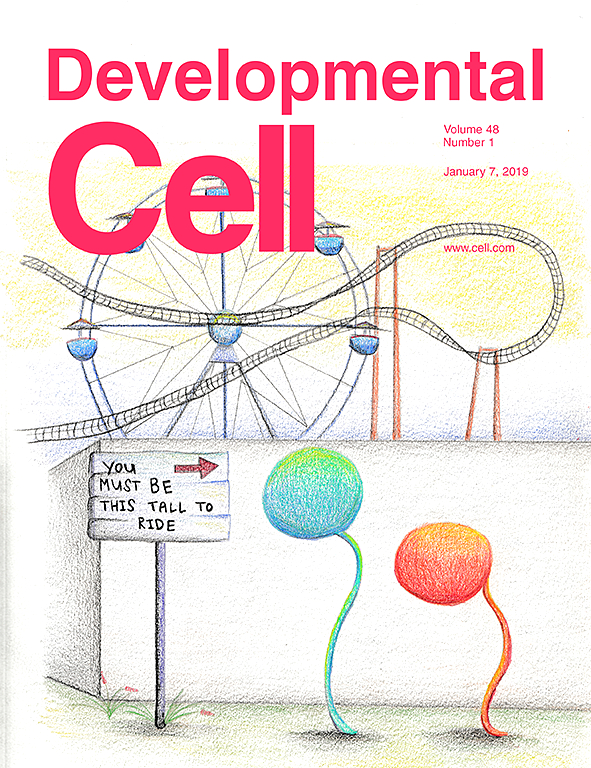An EGF-Responsive Neural Circuit Couples Insulin Secretion with Nutrition in Drosophila.
Dev Cell. 2019 Jan 7;48(1):76-86.e5. doi: 10.1016/j.devcel.2018.11.029. Epub 2018 Dec 13.
Meschi E1, Léopold P2, Delanoue R1.
Author information
1 CNRS, Inserm, Université Côte d’Azur, Institute of Biology Valrose, Parc Valrose, Nice 06108, France.
2 CNRS, Inserm, Université Côte d’Azur, Institute of Biology Valrose, Parc Valrose, Nice 06108, France. Electronic address: pierre.leopold@curie.fr.
Abstract
Developing organisms use fine-tuning mechanisms to adjust body growth to ever-changing nutritional conditions. In Drosophila, the secretory activity of insulin-producing cells (IPCs) is central to couple systemic growth with amino acids availability. Here, we identify a subpopulation of inhibitory neurons contacting the IPCs (IPC-connecting neurons or ICNs) that play a key role in this coupling. We show that ICNs respond to growth-blocking peptides (GBPs), a family of fat-body-derived signals produced upon availability of dietary amino acids. We demonstrate that GBPs are atypical ligands for the fly EGF receptor (EGFR). Upon activation of EGFR by adipose GBPs, ICN-mediated inhibition of IPC function is relieved, allowing insulin secretion. Our study reveals an unexpected role for EGF-like metabolic hormones and EGFR signaling as critical modulators of neural activity, coupling insulin secretion to the nutritional status.
PMID: 30555002
DOI: 10.1016/j.devcel.2018.11.029

